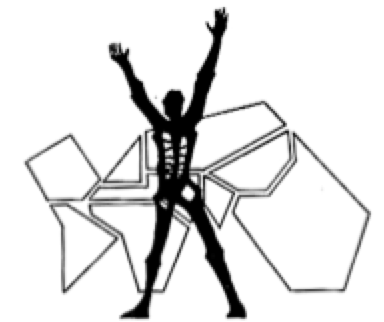ICA inspires innovative action by others beyond itself
This section continues the discussion begun in the preceding section (1c) concerning the relationship between the “institutional” management of ICA and action it inspires beyond itself.
The Chicago Sustainability Leaders Network (CSLN) is an example of inspiration. It began with ICAUSA identifying local sustainability initiatives in the 77 community areas of the city, many of which were isolated from and unaware of others working nearby. A citywide share fair connected these efforts with each other leading to the growth of new ideas, practices, confidence and commitment. Formation of the CSLN has empowered the collective voice and strengthened the collective impact of those who before were under recognized, under appreciated, or under engaged. As is often said, synergy is far greater than the simple sum of the parts.
Collaborative partnerships and movement building can however be complicated matters. It is important for ICA to play a facilitative support role rather than an overly aggressive one with strong control over details. It means finding an effective middle ground between providing helpful guidance while allowing new leadership to emerge and step forward.
Beyond decision-making, perhaps the biggest challenge has to do with money. Great care is required to avoid the perception of taking credit for the work of others, especially if collective efforts are seen as helping to fund only one of the partners. As an intermediary organization, there is always the danger of assuming roles and responsibilities — and thereby sucking-up funding — that would be better left to others. Members of the CSLN have been burned in the past by sharing ideas with intermediaries, who packaged them, raised the necessary funds, and did the work themselves without involving or crediting those whose ideas they were in the first place. Brief case studies about problems between intermediary organizations and the groups they intend to help can be found in the annex. To avoid misunderstandings, a high level of transparency is important in the preparation of funding proposals that might potentially affect local partners.
Ultimately, ICA does its work in the hope of encouraging others to adapt and apply insights they learn from ICA. This may result in activities that are done without the direct involvement of ICA. This affirms ICA’s mission to occasion change within the world. It is important, however, for ICA to know what it wants to “protect,” what it wants to “give away,” and how to differentiate the two.
“Brands” refer to names and trademarks, not generic products or processes. ToP courses are publically offered because ICA wants to inspire broad use of participatory methods. However, ICA also has an interest in protecting the quality of its ToP “brand” — the name and logo associated with its facilitation training curriculum — without staking claim to general participatory processes. While ToP graduates are welcome to use the methods and processes as they see fit, hopefully with attribution to ICA, they do not have permission to represent themselves as “ICA” or “ToP” facilitators and trainers. The difference between inspiring and branding primarily has to do with correct labeling. This is relevant for all ICA programs and the independent action they hope to inspire. ICA guards against those who might incorrectly represent themselves as ICA while avoiding preoccupation with controls, especially about “intellectual property.” When tempted to protect or regulate aspects of its programs, ICA should always ask itself “why” and have a satisfactory answer to ensure that it is not undermining its own purpose and mission.
